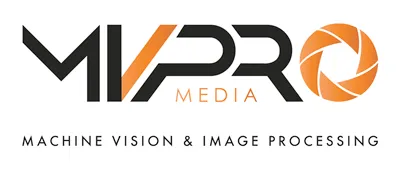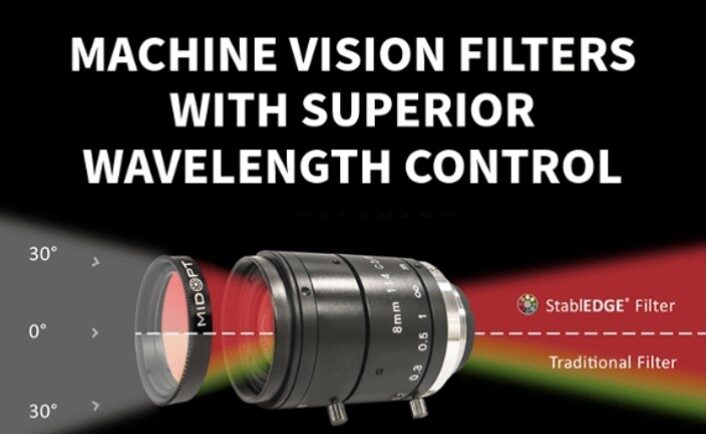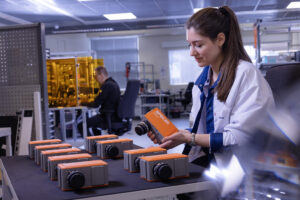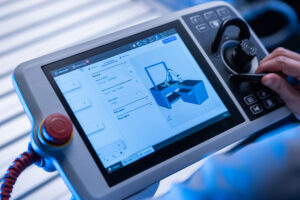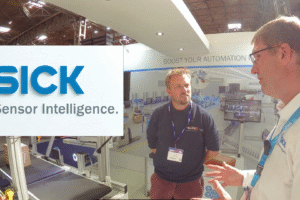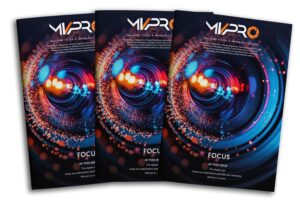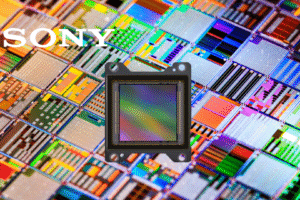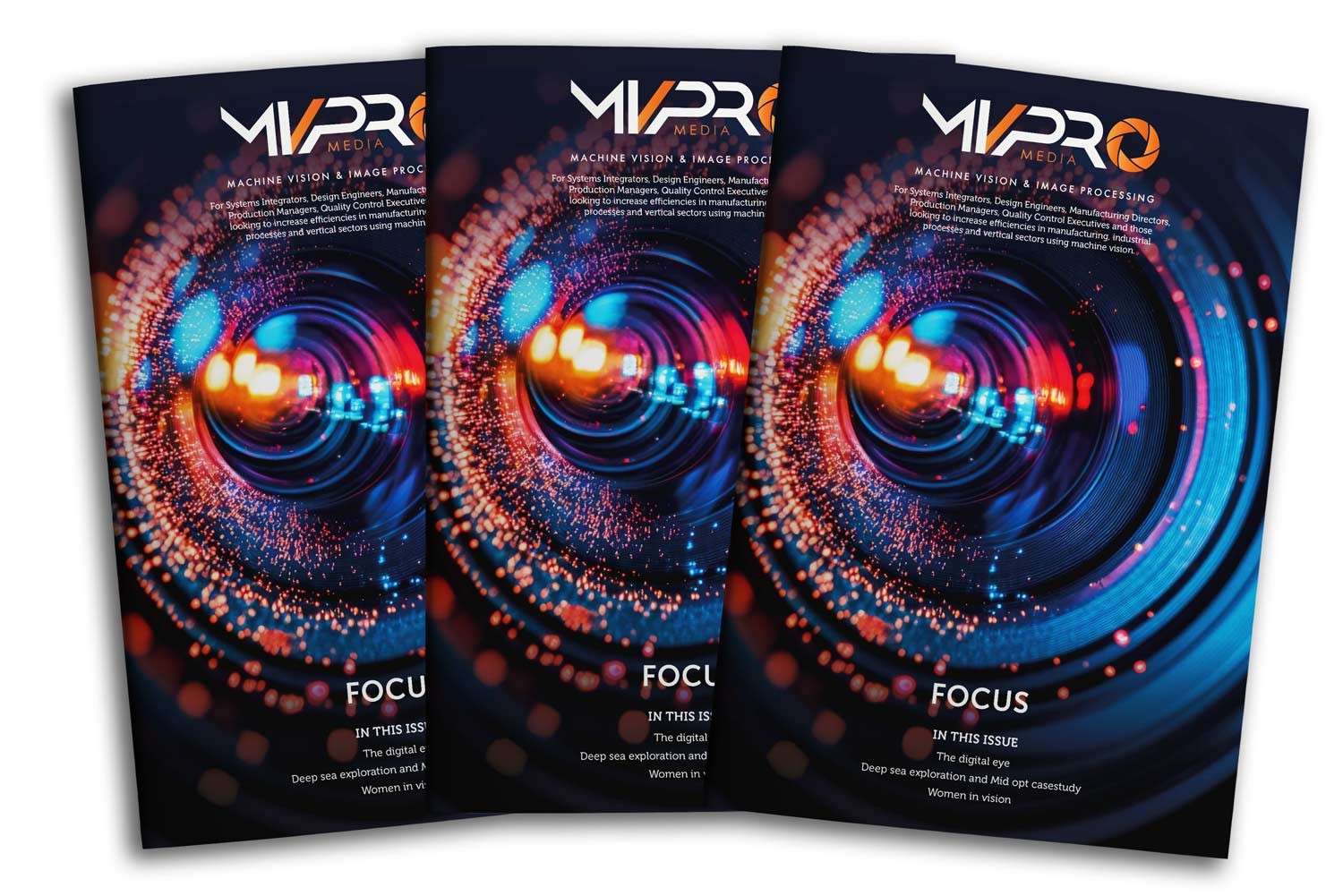In order to better understand some of the more technical aspects of the products and services FRAMOS provides, their Social Media and PR Manager Zala Škrgulja Eder spoke with Okan Ülgen. Ülgen is a Technical Imaging Specialist at FRAMOS. They discuss Okan’s role at FRAMOS, the optics segment in the world of embedded vision, and some of the challenges faced by customers.
Zala: Hi Okan, it’s great to be able to talk with you today. Could you start out by telling us a little about yourself and your role here at FRAMOS?
Okan: Hi Zala. It’s great to talk with you too. I work on the Framos Technical Solutions & Support team as a Technical Imaging Specialist. While I’m still relatively new in my role, I bring a perspective from my engineering and academic background. From developing optics knowledge and advising on optics selection to checking quality standards based on test results, I work on a range of tasks.
Zala: We talk a lot about selecting the “right” lens for an application. Can you explain why this is so important?
Okan: Sure. The right lens is key to getting the most out of the image sensor. It’s not enough to just mount the lens onto the camera; the whole setup needs to be fine-tuned for maximum image quality. A well-chosen lens will let the image sensor perform to its fullest potential, and let you capture every important detail with no information lost.
Zala: There are a lot of articles and videos about this topic, and it seems like selecting a lens presents difficulty for a lot of people. Why is choosing the right lens such a complex task?
Okan: It’s because the imaging system, the needs of the application, and the surrounding conditions must all be known in order to choose the best lens. There are a lot of different types of lenses on the market, such as wide-angle, zoom, and prime lenses, and it can be hard to figure out which one is going to suit your application best.
On the one side, we have imaging system needs and, on the other, we have application requirements. When picking a lens, all of these things must be taken into account together for the best results. It’s like putting together a puzzle, where each bit is important to the whole.
Zala: What factors should one consider when choosing a lens?
Okan: To start with, the size and resolution of your image sensor are very important, as we want a lens that fits well with the sensor. You’ll also want to think about the field of view you want and the working distance. The aperture size is also important because it affects the depth of field and the amount of light you can capture.
Aberrations and spectral response are sometimes overlooked but these can indeed have important effects on the clarity of your images. And finally, it’s important to make sure that the lens can be used with a proper lens mount so that the scene can be properly focused on the image sensor.
Zala: Can you elaborate on these factors a bit more?
Okan: Sure! The first thing to consider is the image sensor size because ideally we should illuminate entire effective pixel area of the image sensor for image generation with proper color correction. Then, we must consider the sensor pixel size and resolution.
As CMOS manufacturing techniques advance, pixel sizes decrease, placing more and more strain on the lens as the limiting factor in how finely details can be resolved. I should say it is not always easy to match sensors’ sampling rate due to optical diffraction, aberrations and manufacturing issues, but ideally, we should look for a lens that can project the smallest feature from the object space to an area corresponding to two pixels on the image sensor.
Zala: What are the object-space factors to consider?
Okan: To begin with, the field of view and working distance are critical in determining the focal length that will produce the desired result. This will be determined by the application settings. We need a shorter focal length to increase field of view, but keep in mind that a wide field of view will likely introduce distortion into our image.
Second, aperture size has a significant impact on image quality because it affects depth of field and resolution. In low-light situations, a wider aperture allows more light into the camera, resulting in better exposure and less noise.
Zala: How can FRAMOS Optics expert help with this selection process?
Okan: FRAMOS Optics experts can definitely be your go-to partner that can share over four decades of experience in vision solutions and a wealth of optics knowledge. We will offer products from our ecosystem designed to seamlessly integrate with one another, ensuring that you achieve the desired imaging quality.
We go a step further, as we have advanced lens testing capabilities in our production line, ensuring that the lens we recommend will perform to the highest standards. So, whether you want to improve your industrial automation or implement machine vision in your medical equipment, we’re able to help out.
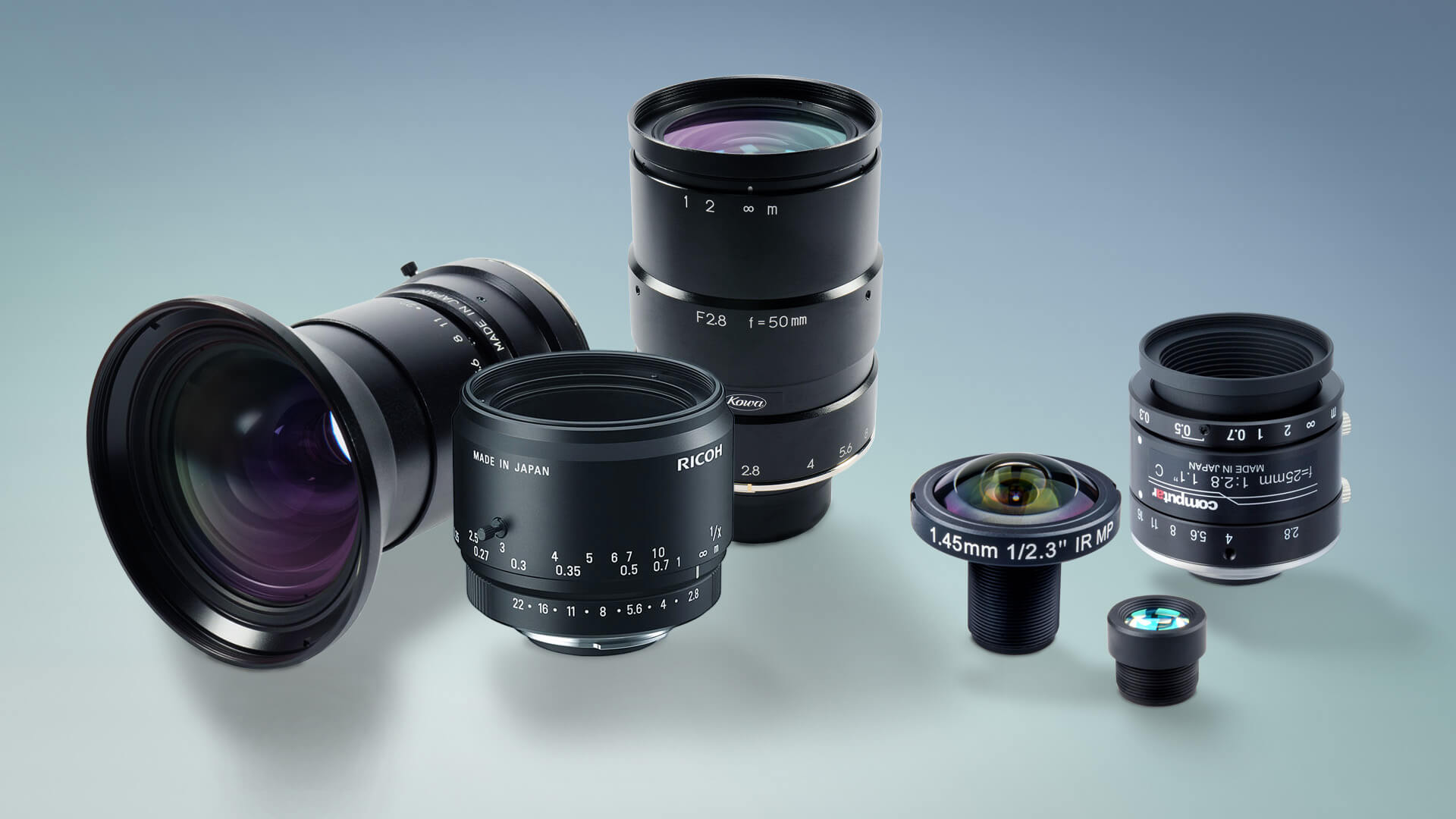
Zala: What sort of technical data can people look for that would be useful in lens selection?
Okan: The datasheet specifications that manufacturers publish are certainly useful in selecting a lens, but there is so much more to consider. You’ll need to delve deeper into the design data and test results to understand the performance in practice.
For example, the modulation transfer function and aberration curves can reveal a lot about how a lens performs across its entire field of view, which is especially important when working with large-format sensors.
We also shouldn’t forget about environmental reliability! This is frequently reported separately based on some industry standards, and it is critical if you are setting up a camera system to work in harsh conditions. We’ll get the data to you swiftly and provide detailed analyses and consultation to ensure you get the best lens for your needs – no need to send several inquiries to vendors overseas.
For more information, download the FRAMOS whitepaper How to Choose the Right Lens here

Okan Ülgen, Technical Imaging Specialist, FRAMOS
My name is Okan Ülgen, and I’ve been living in Munich, Germany for the past four years. My bachelor’s degree is in Electronics and Electrical Engineering, with a focus on control systems and robotic vision. Building on that foundation, I pursued a master’s degree in Biomedical Engineering with a focus on interventional imaging devices. During that time, I developed a strong interest in optical detectors and imaging systems, which led me to Germany, where I embarked on a Ph.D. program devoted to the development of optical detectors for advanced imaging techniques, such as optoacoustic microscopy and tomography.
I joined Framos as a Technical Imaging Specialist at the end of 2022. In my current role, I am responsible for a variety of responsibilities, ranging from the sourcing and selection of optics to quality control. I am excited to be a part of a team that contributes to innovative solutions in the field.
